Our ancestors who discovered fire must have never thought that human beings will discover an artificial light source.
With Thomas Edison’s discovery of commercial and feasible light bulbs, humanity never looked back in the field of lighting.
Now, we have a vast number of electric lights with LED and solar lights leading to lightning.
Indoor lighting has never been a significant issue, but outdoor lighting solutions always had some past problems.
But now we have state-of-the-art lighting facilities for both indoor and outdoor purposes.
One of the significant innovations in outdoor lighting facilities is floodlights! I am sure you must have heard or even seen the floodlights on your television or while watching a soccer match in the stadium.
Have you ever wondered how do they work? Well, this article focuses on this primary point. So, let us begin without any further ado!
What are Floodlights?
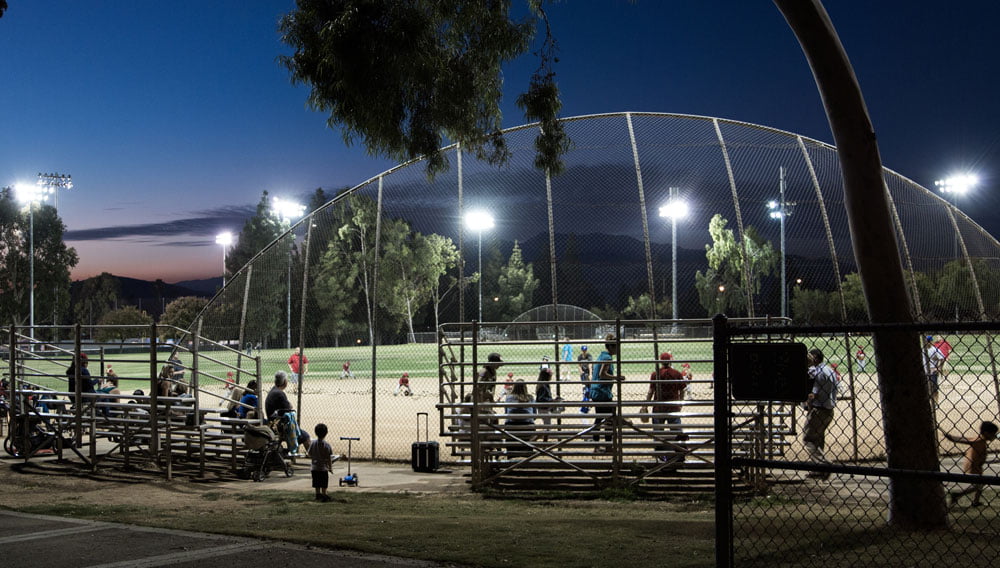
Floodlights are outdoor artificial lighting systems. They have a broad and robust beam, so they are mostly used when there is a requirement for more lighting than usual.
The correct context to use floodlights is when the artificial lighting system uses these broad and robust light beams.
But the term floodlights are a misnomer when used in context with the powerful outdoor lighting appliances installed in the backyards of the houses.
Where are Floodlights Used?
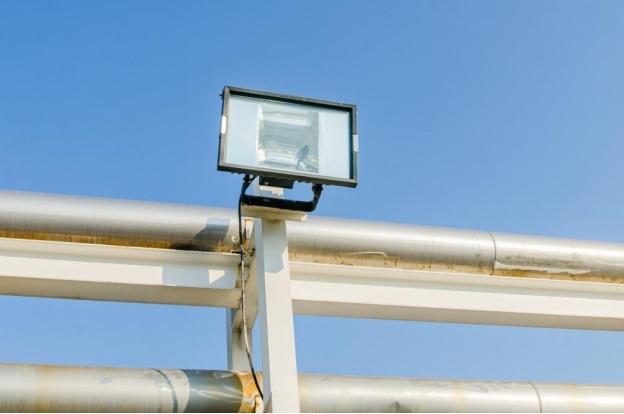
The places could vary from sports ground to stages and halls (such as concerts, acts, etc.) But I am sure you must have seen many lights on sports grounds.
These lights are known as floodlights. Many sporting events are played in the evening or at night. Such sports need to have floodlights that ensure proper artificial light to aid the players’ vision.
Floodlights also revolutionized television broadcasting as sports matches were played at night, which increased their viewership. While stadiums usually use the installed ones, stages and halls mostly use the portable ones.
Other Aspects and Uses of the Floodlights
We are considering a broad definition of floodlights—the ones you use in your backyard to the stadium ones. So, we are talking about a wide range of lighting facilities.
The central distinguishing aspect of floodlights from the usual ones is the broad and intense beam of light.
But another important aspect is also considered while building the floodlights, i.e., weather resistance. Floodlights must be capable of resisting rain, snow, and dew.
While resisting the weather, they also need to function correctly, so the working needs to be accordingly matched.
Apart from a few indoor facilities (like indoor halls for performing arts), floodlights are mostly used outdoors. The most important use of a floodlight is illumination in low lighting. Some state-of-the-art floodlights are also used in anti-theft solutions.
The basic ones aid the security cameras by providing illumination in their nearby premises (used in jails).
The advanced ones come with motion-sensitive sensors and an in-built camera. When there is a movement in a particular area (in the range of the sensor), lights turn on automatically, and you can see the visuals in front of your eyes. If you are away from the proceedings, do not worry, as the camera records a video of the scenario.
Another critical factor that influences the performance of floodlights is the type of bulbs used in them. Bulbs may vary from solar to LED to halogen. The choice depends upon your budget. Using faulty bulbs can cause dim lighting of floodlights.
Talking about the solar-powered floodlights, they have solar panels affixed on them. These solar panels absorb the sunlight and store them using a battery. The solar-powered floodlight placement becomes very important as it decides the amount of energy stored by the battery.
The lights are turned on during low ventilation, and the stored energy from the battery is utilized. To save energy, you can implement solar-powered floodlights with motion sensors. The motion sensors dim the lights when they do not detect any motion.
But what if you live in an area where sunlight is not abundant, and thus the solar-powered floodlights are not feasible. Even on an off day when the sun is on leave, solar-powered floodlights will not work at night. The best option would be to go with the halogen or LED floodlights, which work on electricity.
How to Choose the Right Floodlights for your Backyard
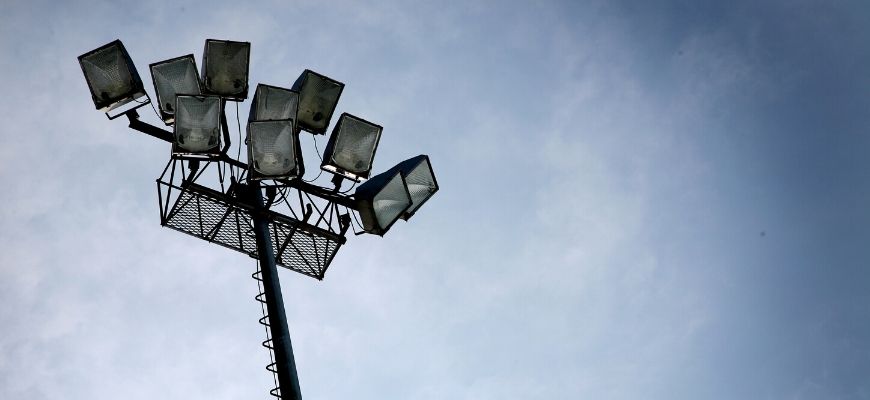
If you want to buy floodlights, then there are three most important parameters or factors, which you should follow before making a purchase.
Range
What is the range you require? Think it over. What should the optimum distance the floodlights should illuminate? Both low and high range can be a problem.
Having a low range does not reach your requirements, and having a high range is extra bucks wasted and can cause disturbance to the nearby localities. This can be bothering a few people.
Width
This parameter is also as important as the range parameter. If you want to cover more width using the floodlights, then you need to buy accordingly.
IP factor
The Ingress Protection is also rated as one of the most important factors to be considered before buying any outdoor lighting equipment. IP factor measures the weather resistance of floodlights (in this case).
IP factor has two numbers. The first one indicates the rating of resistance against reliable parameters, while the second one rates the resistance against moisture content.
Resistance for solid materials starts when one gives resistance against solid particles with a diameter of 50 mm or more.
The last rating for solid materials is five, which means that the floodlights are resistant to even smaller and minute dust and dirt particles.
The second number starts from one, which gives every less protection from moisture and ranges up to eight, which means that the floodlights are fully resistant to moisture to the extent that they can be immersed into the water.
Conclusion
Floodlight is an innovation in the field of outdoor lighting. It revolutionized many sectors and has already boosted their profits.
It is playing a very vital role in sports, performing arts, recreational activities, and security. The floodlights finally decided to end up in the backyards to secure our houses too.
If you have a proper budget, go for the floodlights with advanced features and a high IP factor.
The decision of using solar-powered floodlights or LED ones depends upon the sunlight in your region

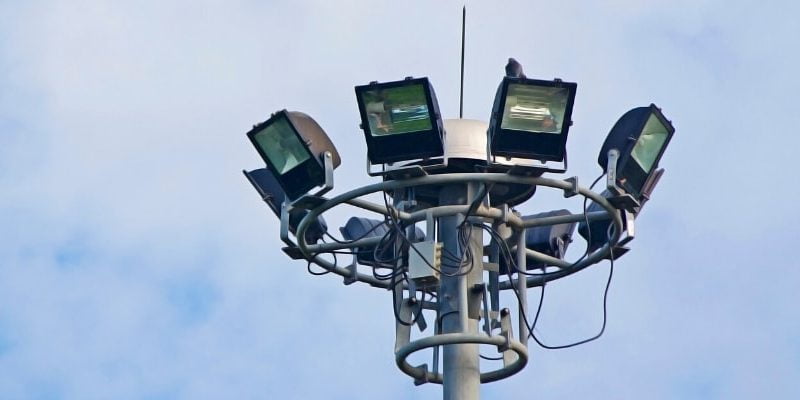
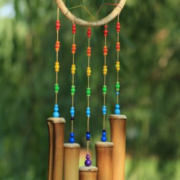
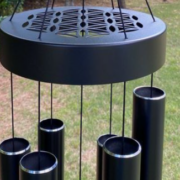
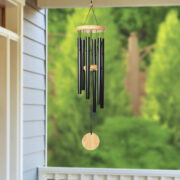
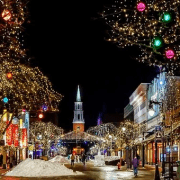
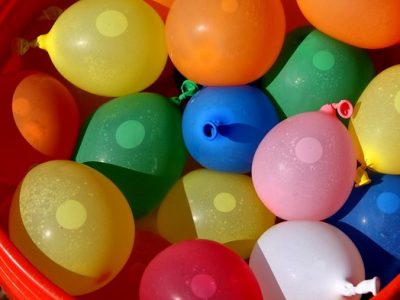
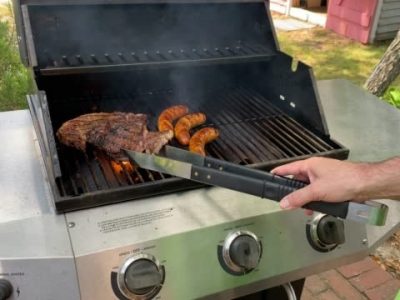
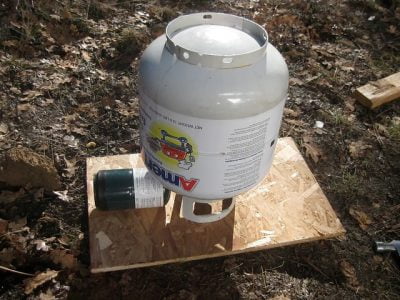
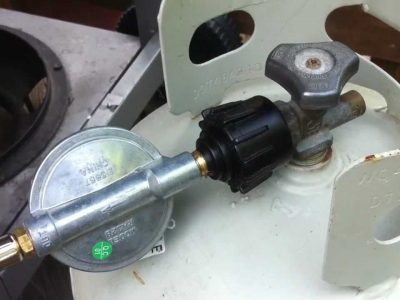
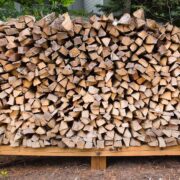

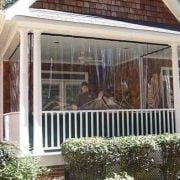
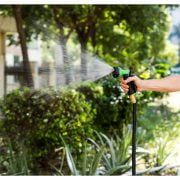
Comments